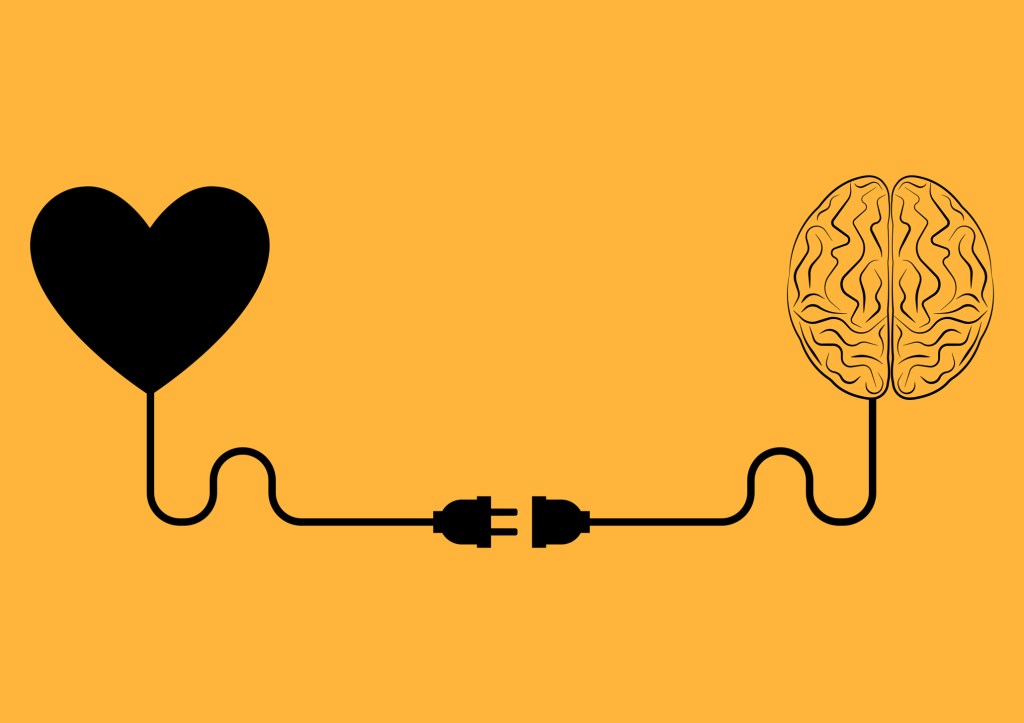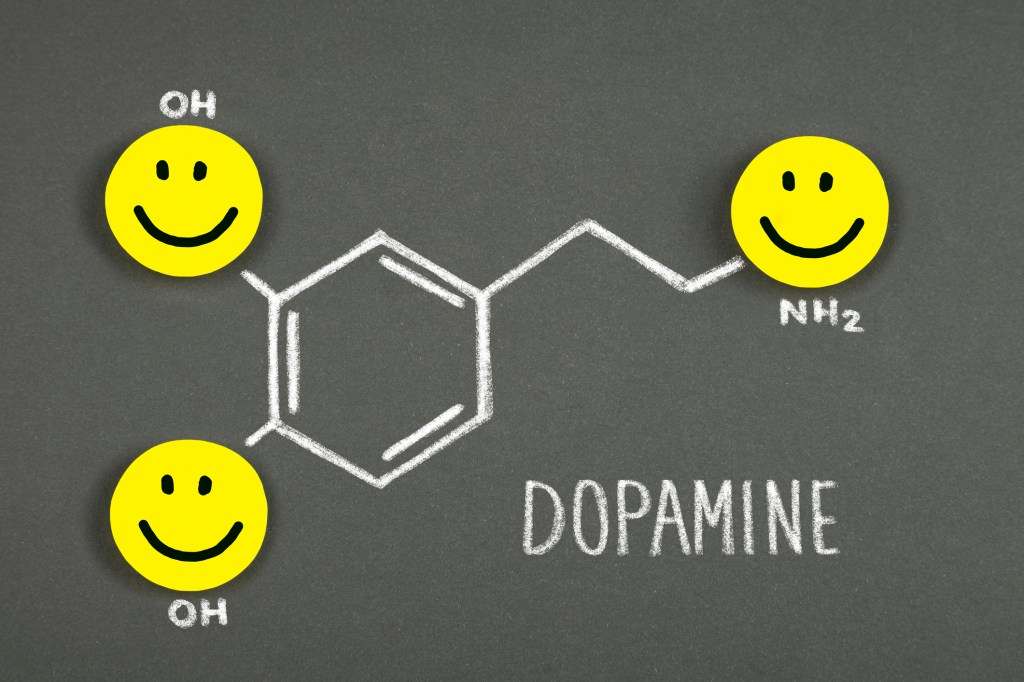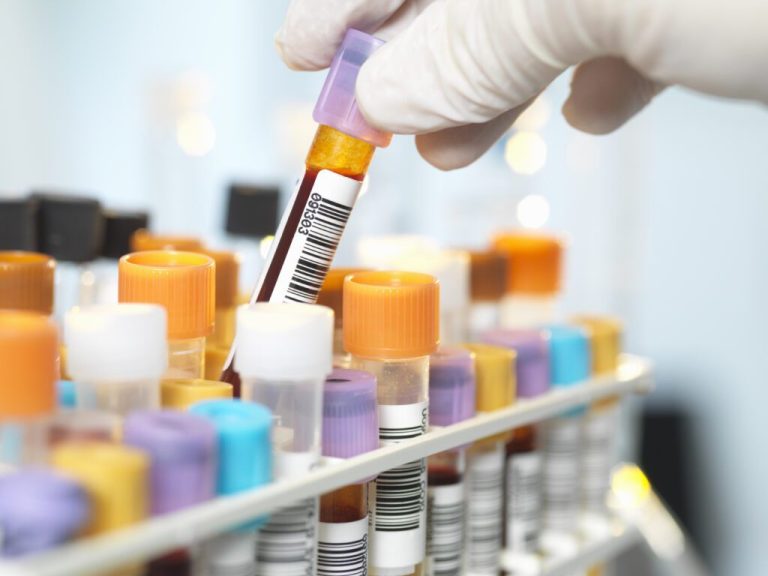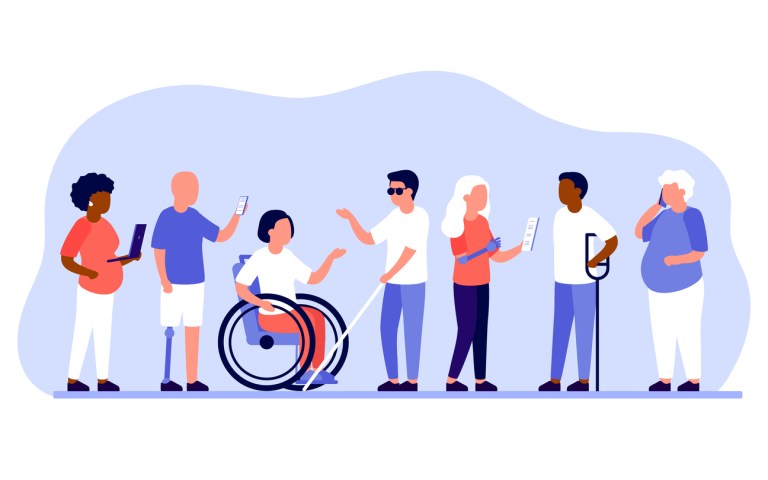The last time I had my heart broken — I mean truly smashed, shattered, destroyed — I couldn’t fathom a future in which I was “over it.” For what felt like forever, a dull, aching pain gripped me during the day and haunted my dreams at night. It was brutal.
I did get over it, eventually, yet that period of my life now fascinates me because of just how palpable my anguish was. Anyone who’s seen the animated film Inside Out knows that sadness serves a purpose, but how long must one wallow in misery (in my case, this manifested as me sobbing along to Adele’s “Someone Like You” on repeat) before they can claim its character-building benefits? And is it possible to speed up the timeline?
Let’s see what the science says:
What Happens in the Body When Your Heart Breaks
It’s not just a lyric — love really does hurt. In a 2011 study, researchers asked people who’d experienced an unwanted breakup to look at a photo of their ex while recalling the feeling of rejection, and examined their brain activity using fMRI. They found that the secondary somatosensory cortex and the dorsal posterior insula lit up — the same regions that are active during physical pain.
“There are long-conserved systems in the brain for helping us prioritize the importance of relationships and attachment bonds,” Florence Williams, author of Heartbreak: A Personal and Scientific Journey, told Elle. “When those are broken, our brains really do initiate a bit of a freak-out for us, physically and emotionally.”
In other words, because human survival used to rely on the concept of “strength in numbers,” we’re wired to regulate our nervous systems through pair-bonding and forming secure attachments in our communities.

Physical manifestations of heartbreak may include stomach issues, fatigue, anxiety, and even an overall weakening of the immune system, likely due to stress. “These symptoms can feel so distressing that people can begin to lose their hair, lose/gain a significant amount of weight, suffer from hormonal changes, and have less dopamine production,” clinical psychologist Sabrina Romanoff explained to Verywell Mind.
In some rare cases, a sudden and severe emotional stressor can lead to an actual condition called broken heart syndrome, a sudden, temporary weakening of the heart muscle that produces symptoms that mimic a heart attack.
All that to say — it’s natural to feel absolutely awful when you break up with someone. But whether it’s been months or years, it’s important to manage your emotions in a healthy manner. The below advice is intended to help you on your healing journey, but if you’re in acute distress, be sure to speak to a doctor.
Take Off the Rose-Colored Glasses
Many years ago, after another breakup (reminiscing for this article is really making me appreciate my husband), a therapist suggested that whenever I found myself mooning over the wonderful things I was missing in that person, I should instead think about what I wasn’t happy with in the relationship.
Focusing on the flaws in a person or relationship is pretty much the opposite of what you should do when you’re actively in or trying to repair a romantic union — but if it’s over and recalling the positives is causing you pain, intentionally doing the reverse may actually help.

“When you pine for an ex, you’re more likely to forget about the bad times, and to glorify the good ones,” psychologist Michael Mazius explained to The Girlfriend. Referred to as rosy retrospection or euphoric recall, this cognitive bias can sometimes be a result of fear, psychologist Shul Sandler added: “Our fears of putting ourselves out there and embracing uncertainty may make us cling to the past in fantasy.”
To keep things in perspective, try writing down and challenging your thoughts as they arise, or share them with friends and family who may have a more objective point of view.
Try Cognitive Behavioral Therapy Exercises
Counter to recalling the positives about our past partners, when we have our hearts broken, we often establish a pattern of negative thinking about ourselves (“I’ll never find anyone” or “I’m unlovable”). Identifying and interrupting thought patterns is a key element of cognitive behavioral therapy, or CBT.
“Cognitive behavioral therapy is a therapeutic approach that targets the connection between our thoughts, behaviors, and emotions so that we can shift from unhelpful and unhealthy patterns into healthier ways of thinking and behaving,” Victoria Smith, an LA-based licensed therapist, explained to Psych Central.
RELATED: How Positive Self-Talk Boosts Mental Health, and Strategies for Putting It Into Practice
There are several CBT exercises that can be applied to getting over a breakup. Licensed marriage and family therapist Carrie Krawiec asks clients who are having trouble with negative thoughts to practice something she calls the 5:1 ratio exercise: “To help correct each time a client says something negative or judgmental about themselves, I suggest they identify at least five alternatives.”
Another method of breaking the pattern of negative thinking is called cognitive refocusing, which can help if you find yourself thinking about your partner excessively. Any time you catch yourself wondering what they’re doing or who they’re with, instead ask yourself what you’re doing at that moment or who you’re connecting with. This can help you think more about the family and friends you have rather than what you’ve lost, therapist Lexi Joondeph-Breidbart pointed out
Check out more CBT exercises for coping with a breakup.
Treat Your Love Like an Addiction
Biological anthropologist Helen Fisher, who died last August at age 79, spent decades researching love and its effects on the brain. “It’s very clear that [love] is an addiction,” she told the CBC in early 2024. “And so what you’ve got to do is treat it as an addiction.”
That means going cold turkey: “Don’t write, don’t call, don’t show up,” Fisher said. “Don’t try to be friends with this person because all you’re doing is clinging to the ghost.”

Instead, occupy your time in other ways with the purpose of distracting yourself — signing up for classes, making social engagements, working through your TBR list, and volunteering are great ways of redirecting your thoughts. Focus on things that make you happy, not just in an abstract way, but literally, in the moment, things that give you pleasure.
“Go to new and exciting places. Do new and exciting things that drive up the dopamine system and give you optimism and focus and motivation and energy,” said Fisher. “Move around. When you get sunlight, when you smile, you feel better. … Exercise drives up the dopamine system and reduces some of the pain. [It] drives up the endorphins for less pain. Just keep moving.”
Lean Into the Power of Touch
Fisher also recommended leaning into the power of touch to make us feel better after a breakup. When we lose the regular physical contact that comes with a relationship, we may crave the oxytocin that we’re used to experiencing.
“Go out with other people, get hugs from other people — that drives up the oxytocin system and can calm you, give you feelings of attachment,” she told the CBC.
Vickie Biggs, who combines massage, reiki, and aromatherapy to help heal grief, echoes that sentiment. “Often, people are missing touch and want to be held,” she explained to Elle. “The power of informed touch releases oxytocin, serotonin, and dopamine, which lowers cortisol.”
Give Yourself Time and TLC
While these suggestions can serve as tools to mitigate your pain, there’s no substitute for letting things run their course.
“Unfortunately, the only remedy for heartbreak and emotional pain is time,” licensed clinical social worker Courtney Nesbitt told Healthline.
As you make your way through the healing process, remember to be kind to yourself, prioritize your health, and practice lots of self-care — whatever that looks like to you.
“There’s nothing wrong with you when you feel this way,” neuroscientist Zoe Donaldson shared with the CBC. “So get sleep. If you can, eat healthy, engage with friends, and know that it will just be a long time until you start feeling something resembling normalcy again but that there is a light at the end of the tunnel.”
RELATED: The 8 Dimensions of Wellness: Simple Self-Care Practices for Every Area of Life
When you buy books through our links, Nice News may earn a commission, which helps keep our content free.











